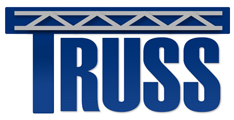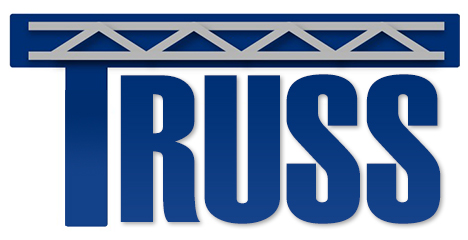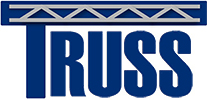
ESR1 to ESR6 fall within “WP4. Buildings, Energy and Marine Infrastructure” which is distinguished by the very aggressive environments that the infrastructure is subjected to (corrosive, radioactive, non-linear structural responses) or relatively high uncertainties regarding materials and modelling. They bring together supervisors with expertise in fluid-structure interaction (Mr. Costas (ENSA)), structural dynamics (Dr. González (UCD)), reliability analysis (Dr. O’Connor (TCD) and Prof. Faber (AAU)), materials and testing (Dr. McNally and Dr. Richardson (UCD)), structural modelling (Dr. Al-Sabah (ARUP)), field measurements (Prof. Laefer (UCD)) and monitoring of marine infrastructure (Dr. Banisoleiman (Lloyd’s Register)). Projects within WP4 can be grouped in three categories:
- Materials and Buildings: Uncertainty in material strength is addressed via reliability models of concrete structures reinforced with braided FRP (ESR1) and assessment and testing of concrete strength of existing structures (ESR2).
- Energy Infrastructure: Uncertainty in the design of energy infrastructure is addressed via different response models for a free standing nuclear spent fuel rack (ESR3) and probabilistic optimisation for wind turbine towers (ESR4).
- Infrastructure in a Marine Environment: Uncertainty in the assessment and residual life of infrastructure in a marine environment is addressed via an integrity management based on long-term monitoring data for ageing marine structures (ESR5) and ship unloaders (ESR6).









